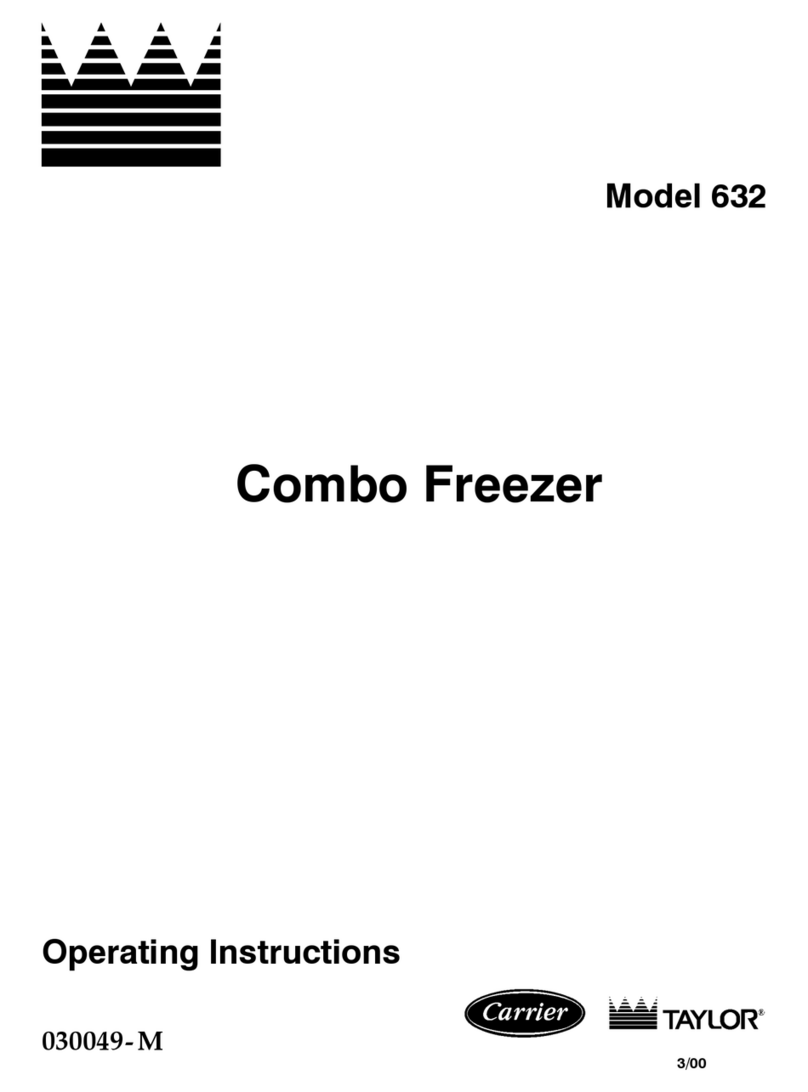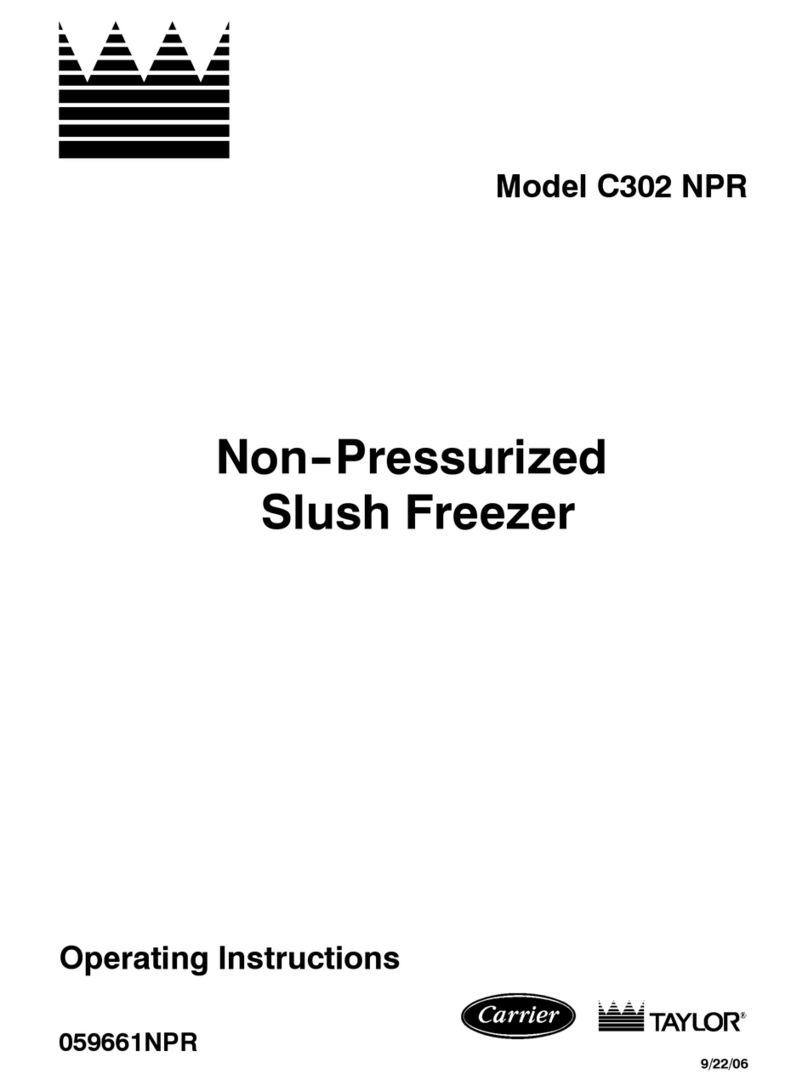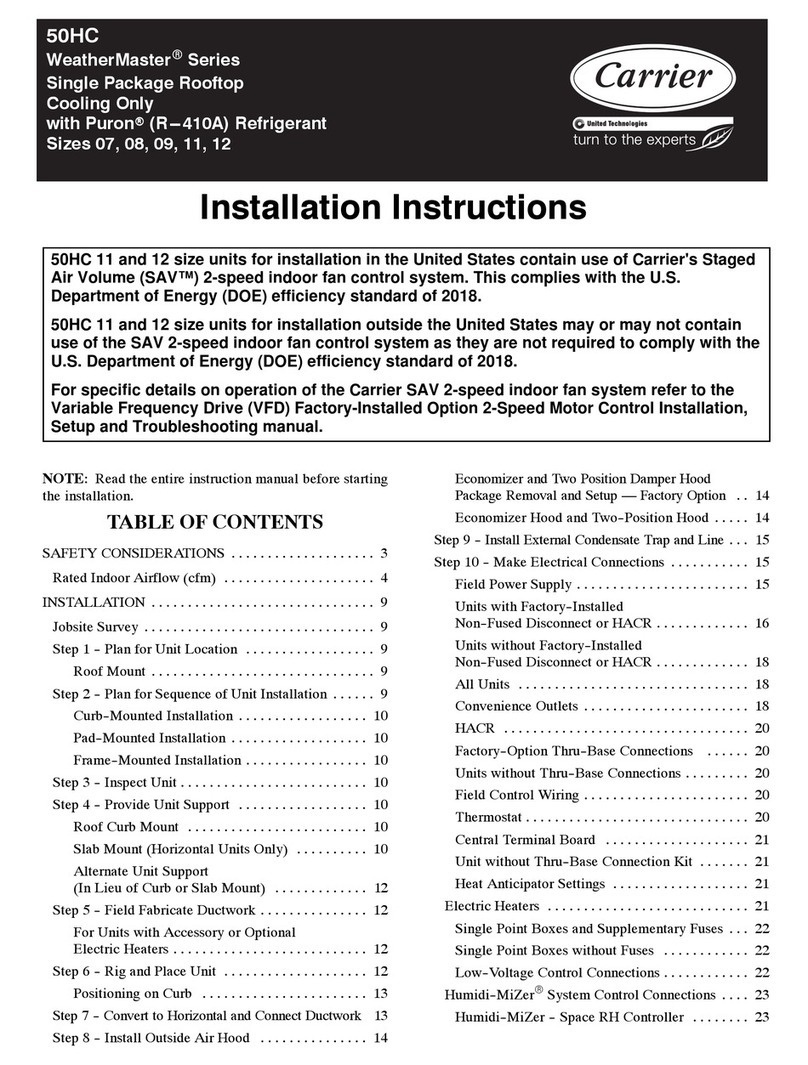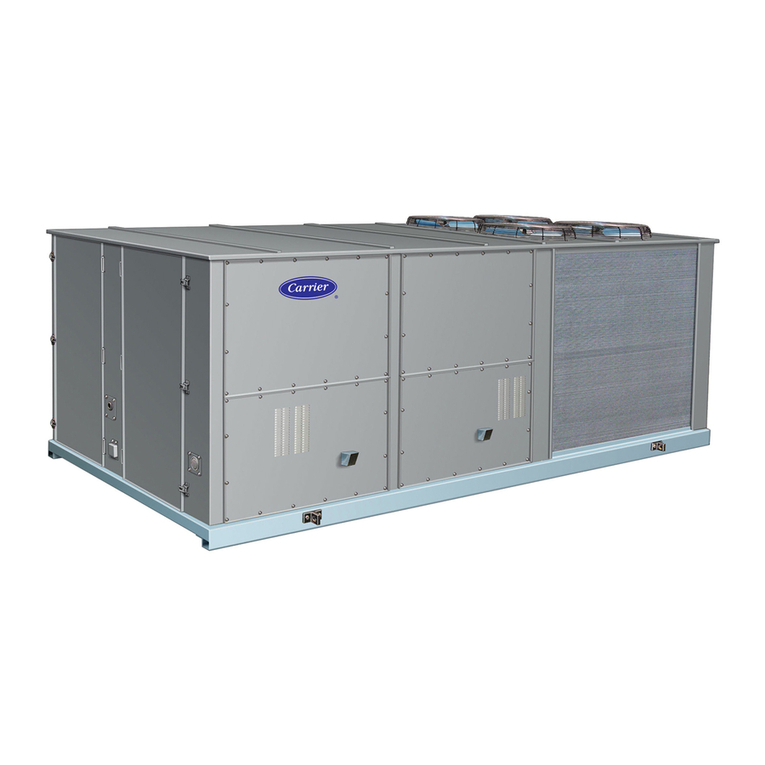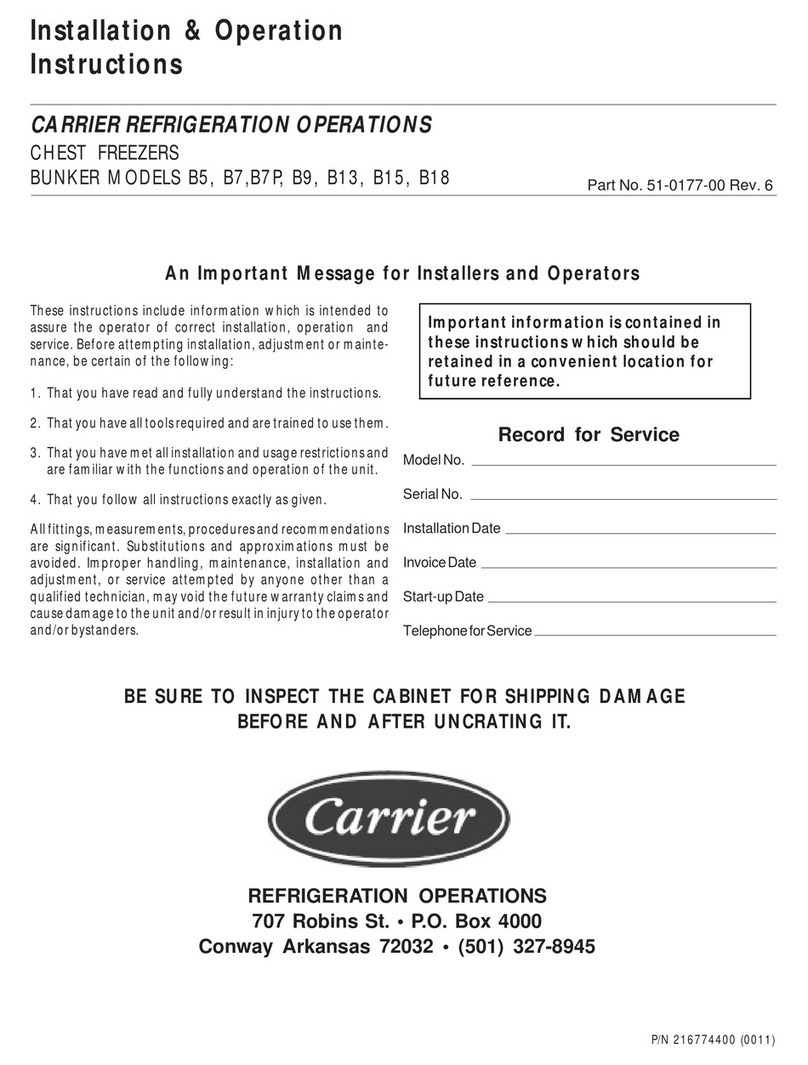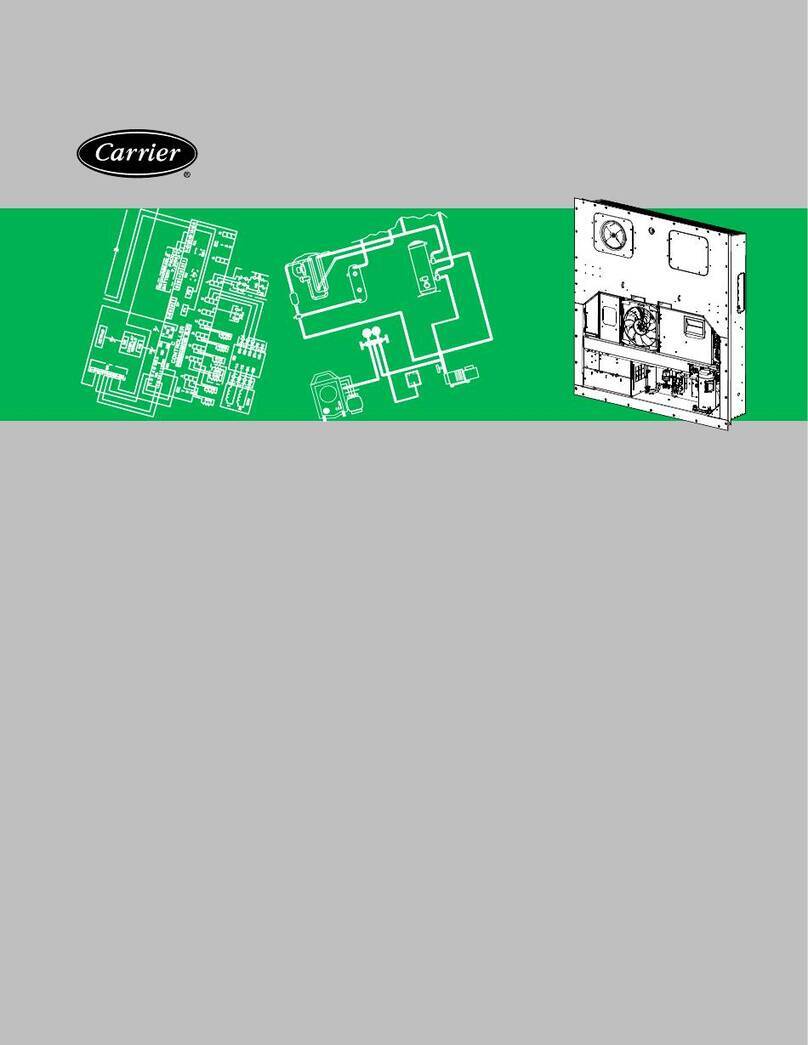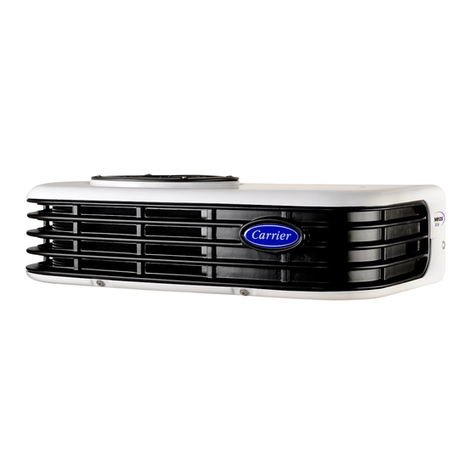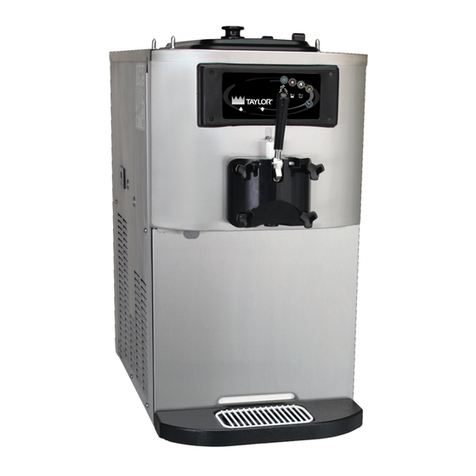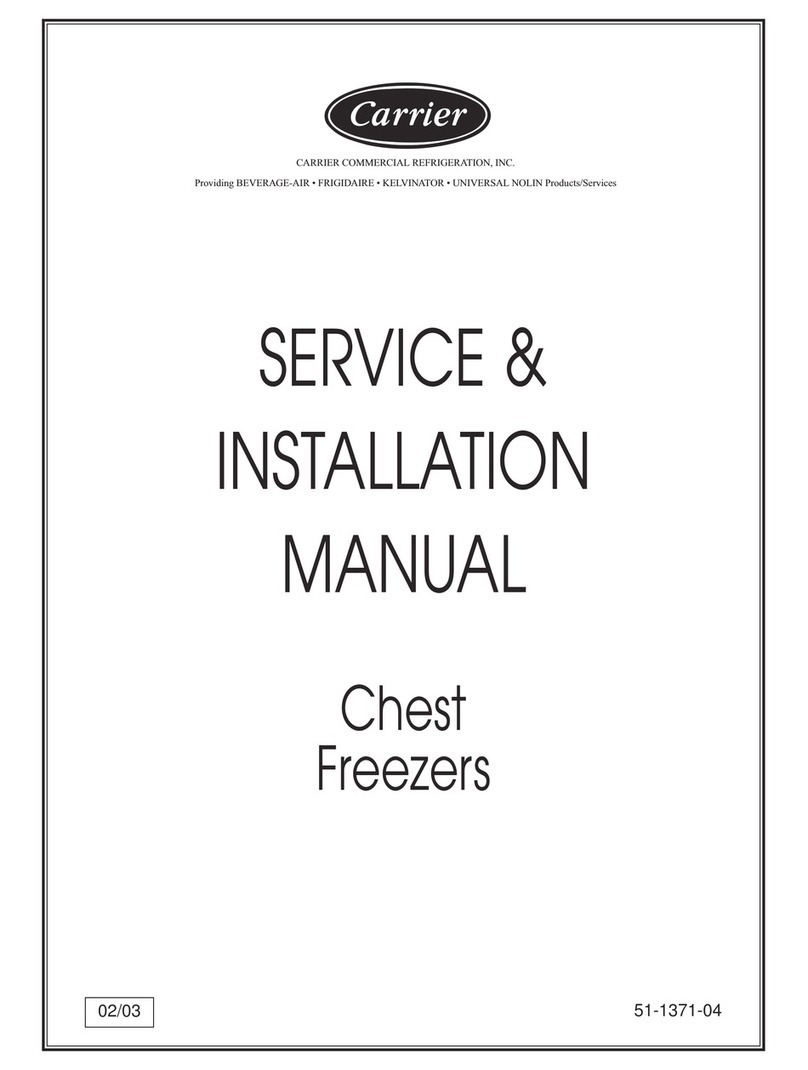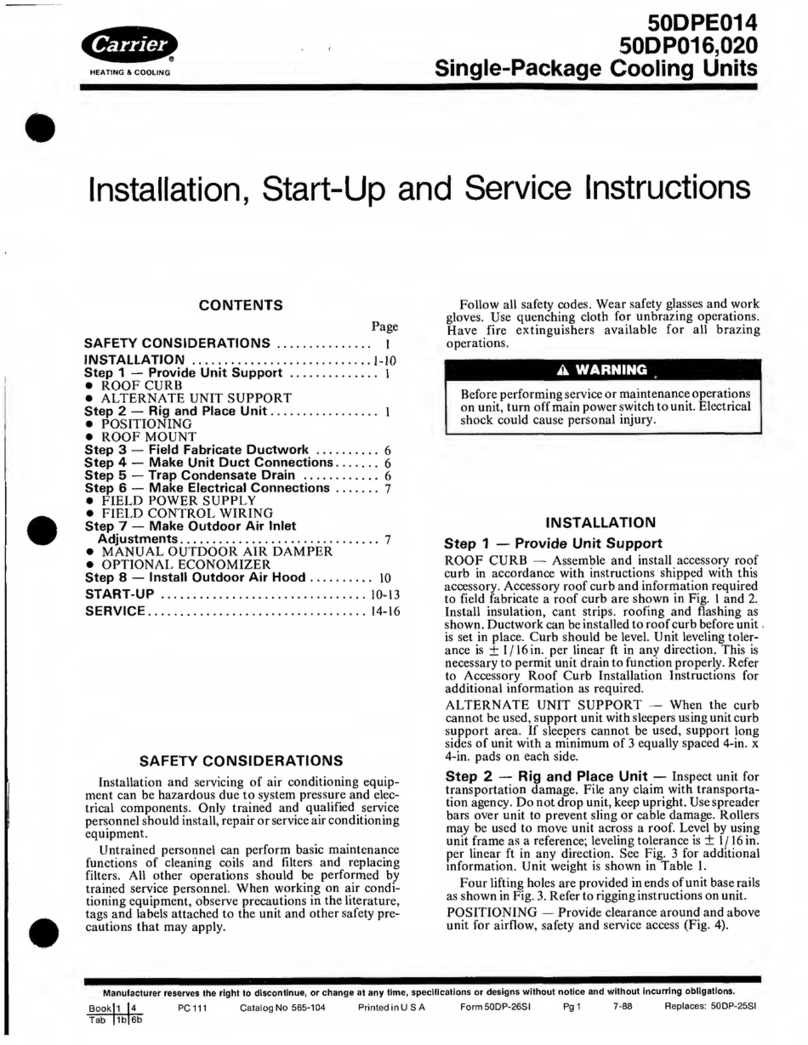
2
Introduction Models 60 & 62
070309
Safety
_________________________________
We at Taylor are committed to manufacturing safe
operating and serviceable equipment. The many
built-in safety features that are part of all Taylor
equipment are aimed at protecting operators and
trained service technicians alike.
This manual is intended exclusively for Taylor
authorized service personnel.
DO NOT operate the freezer unless it is
properly grounded.
Stationary appliances which are not equipped
with a power cord and a plug or other device to
disconnect the appliance from the power source must
have an all--pole disconnecting device with a contact
gap of at least 3 mm installed in the external
installation. Failure to follow this instruction may result
in electrocution.
These machines must be placed on a level
surface. Failure to comply may result in personal injury
or equipment damage.
DO NOT install the unit in an area where a
water jet could be used to clean or rinse the freezer.
Failure to follow this instruction may result in serious
electrical shock.
These machines are designed to operate indoors,
under normal ambient temperatures of 70_-- 7 5 _F
(21_-- 2 4 _C). The machines have successfully
performed in high ambient temperatures of 104_F
(40_C) at reduced capacities.
NOISE LEVEL: Airborne noise emission does not
exceed 78 dB(A) when measured at a distance of 1.0
meter from the surface of the machine and at a height
of 1.6 meters from the floor.
Refrigerant
_________________________________
Taylor uses R404A refrigerant. This refrigerant is
generally considered non-toxic and non-flammable;
however, any gas under pressure is potentially
hazardous.
NEVER fill any refrigerant cylinder
completely with liquid. Filling the cylinder to
approximately 80% will allow for normal expansion.
Refrigerant liquid sprayed onto the skin may
cause serious damage to tissue. Keep eyes and skin
protected. If refrigerant burns should occur, flush
immediately with cold water. If burns are severe,
apply ice packs and contact a physician
immediately.
Taylor reminds technicians to be cautious of
government laws regarding refrigerant recovery,
recycling, and reclaiming systems. If you have any
questions regarding these laws, please contact the
factory Service Department.
WARNING: R404A refrigerant used in conjunction
with polyolester oils is extremely moisture
absorbent. When opening a refrigeration system, the
maximum time the system is open must not exceed
15 minutes. Cap all open tubing to prevent humid air
or water from being absorbed by the oil.
If the crossed out wheeled bin symbol is
affixed to this product, it signifies that this product is
compliant with the EU Directive as well as other similar
legislation in effect after August 13, 2005. Therefore,
it must be collected separately after its use is
completed, and cannot be disposed as unsorted
municipal waste.
The user is responsible for returning the product to the
appropriate collection facility, as specified by your local
code.
